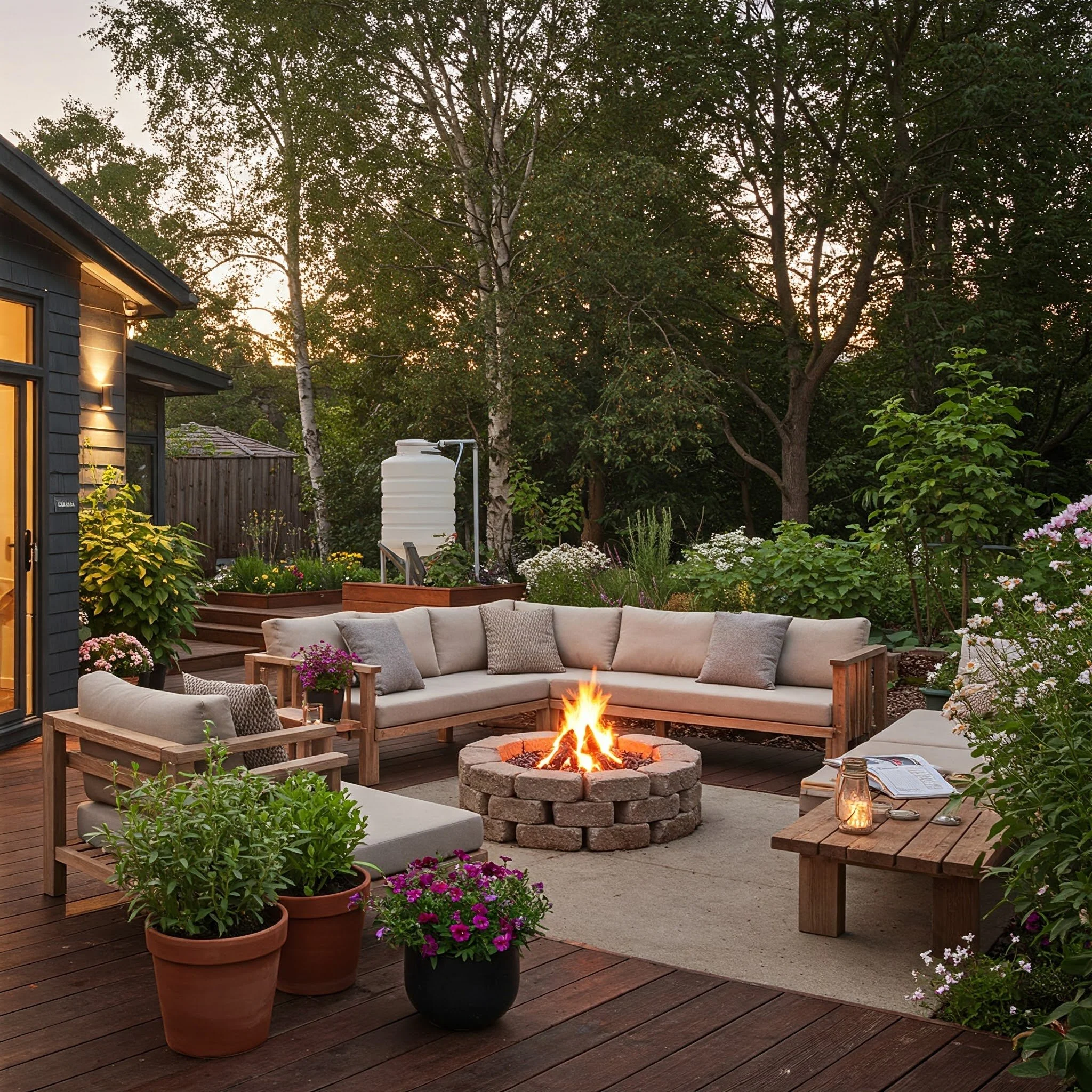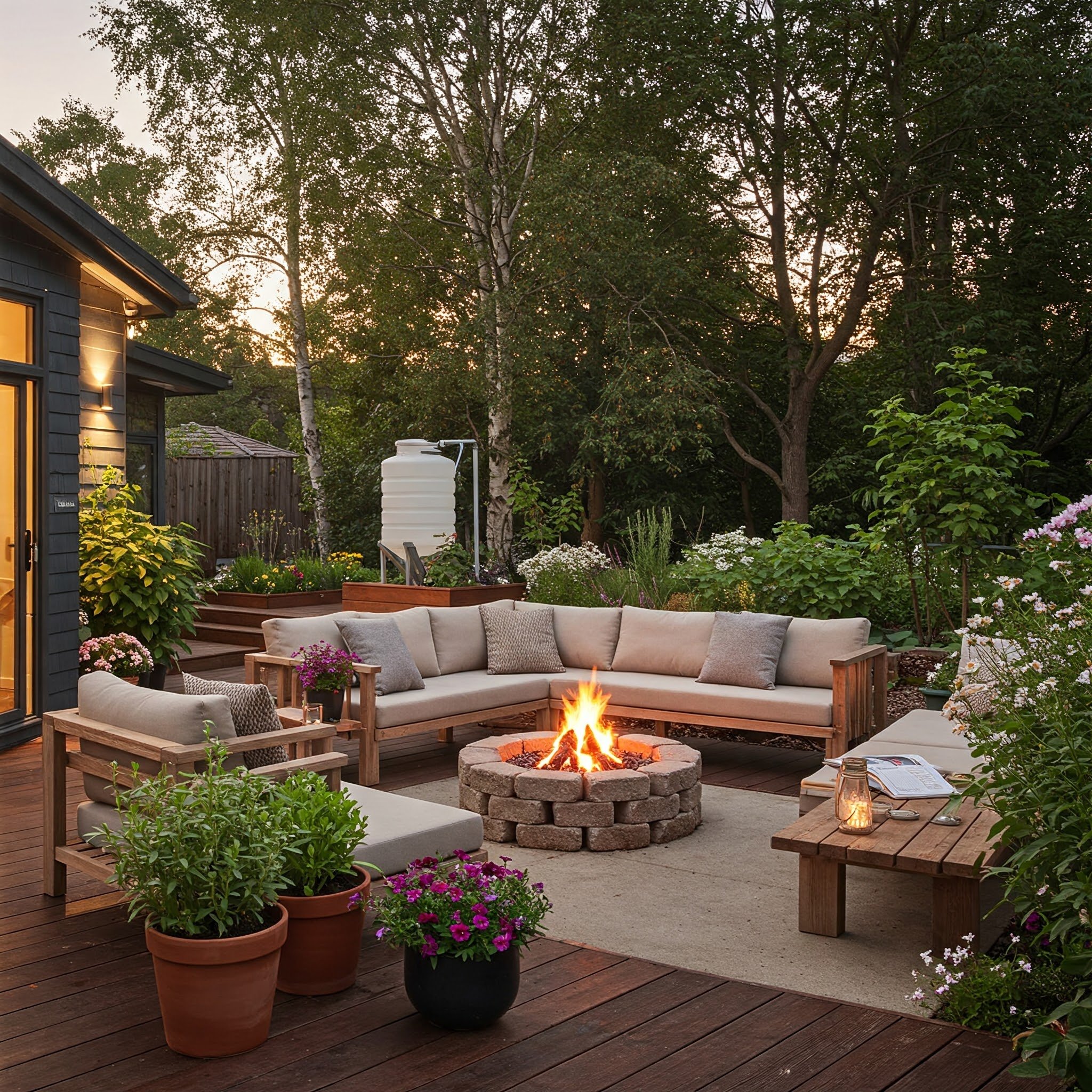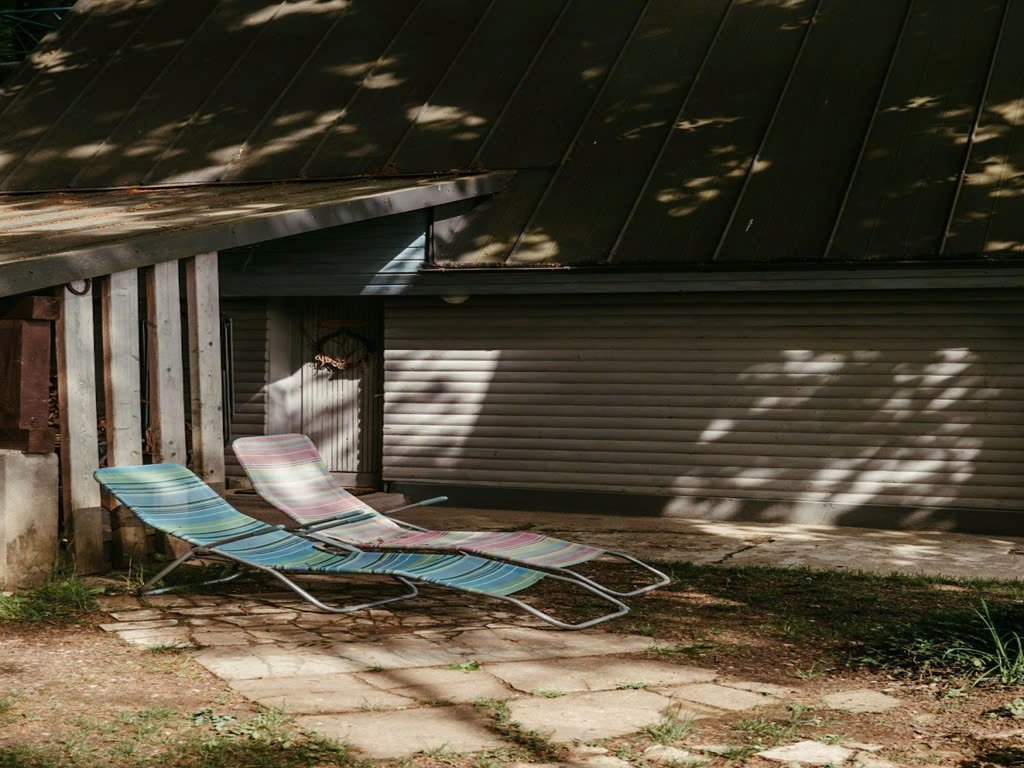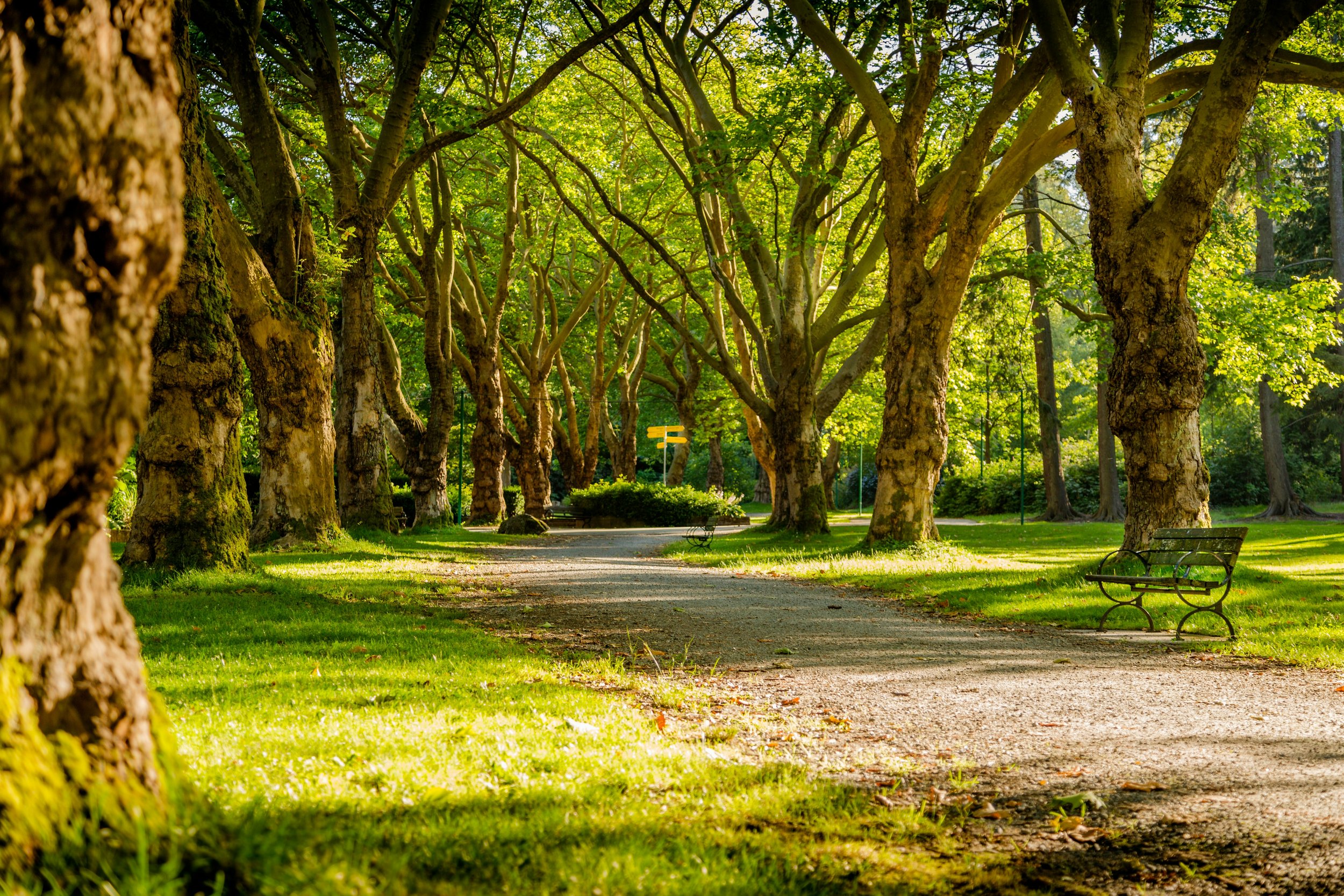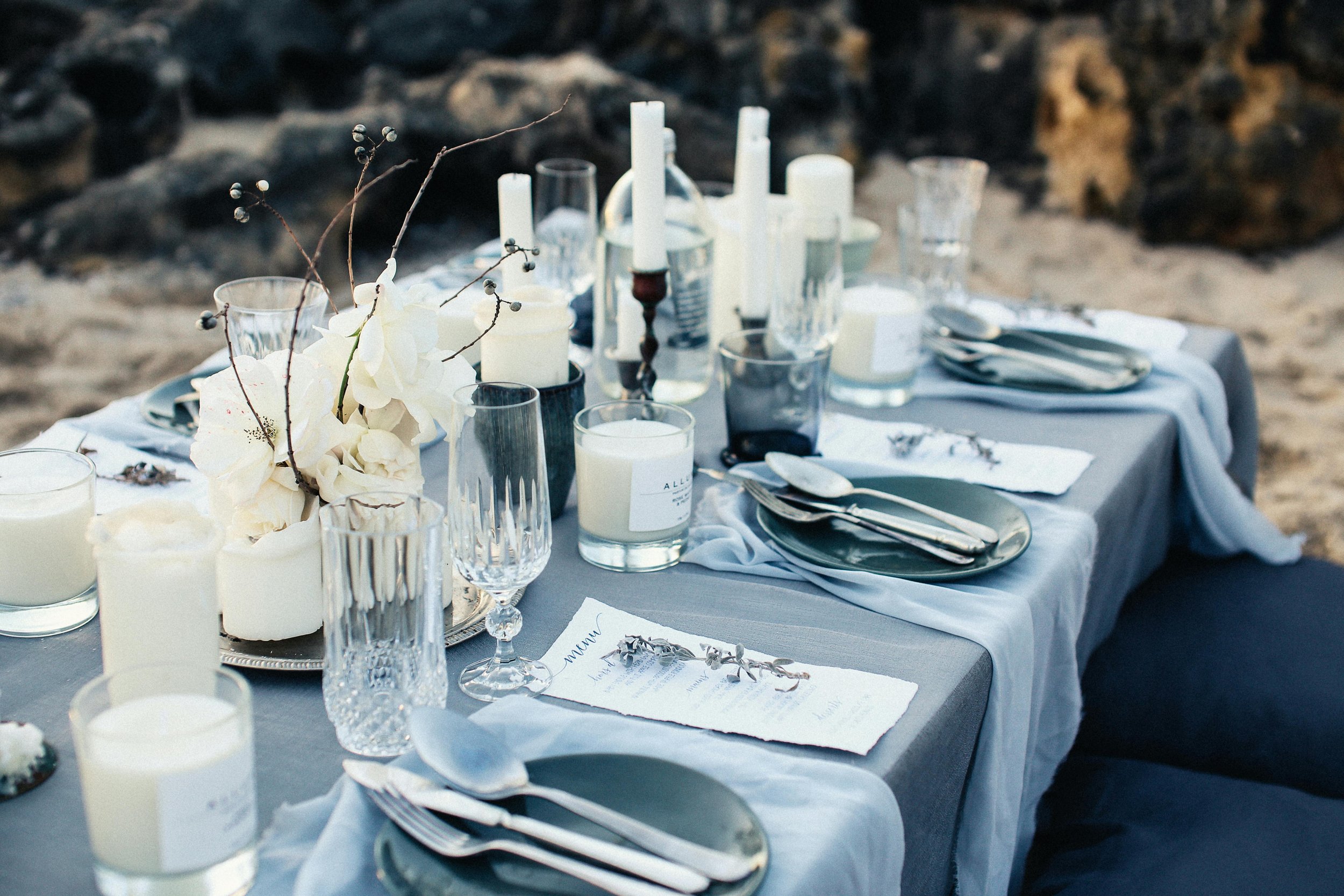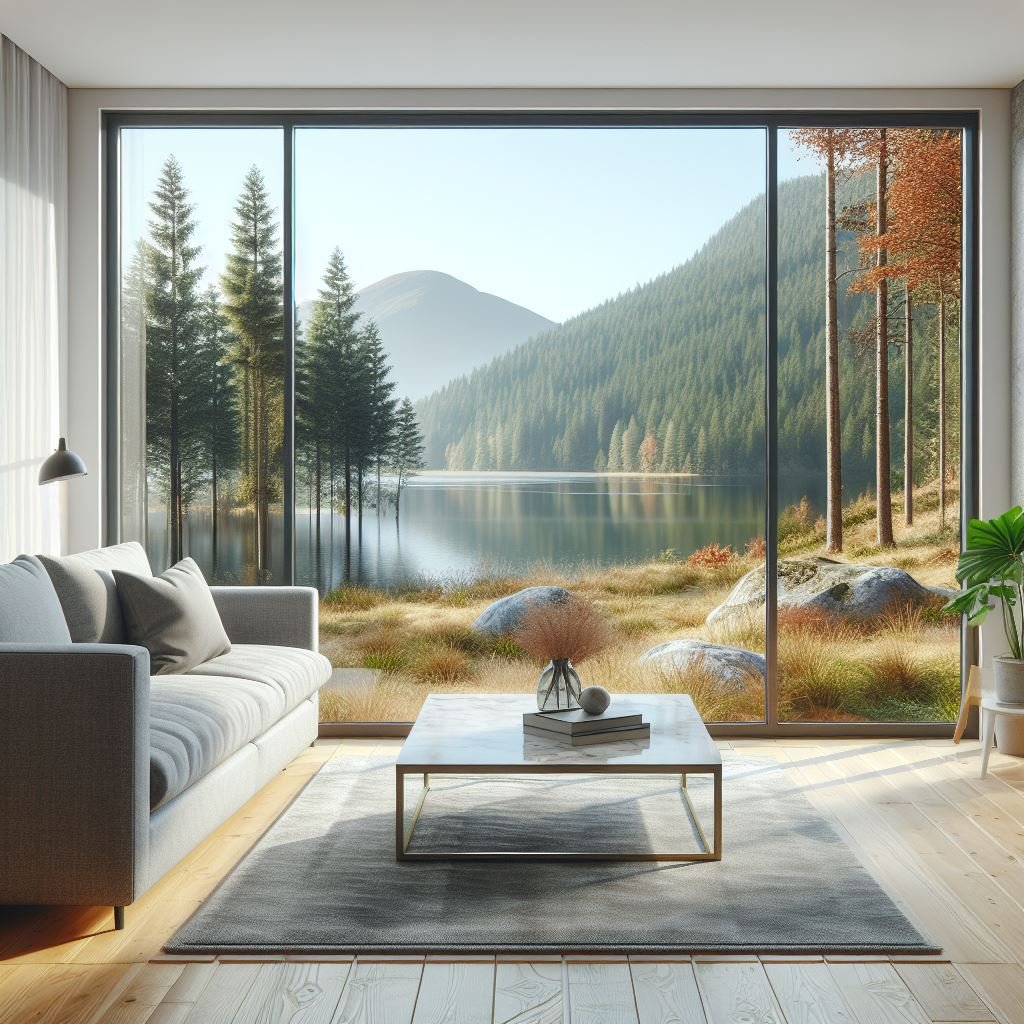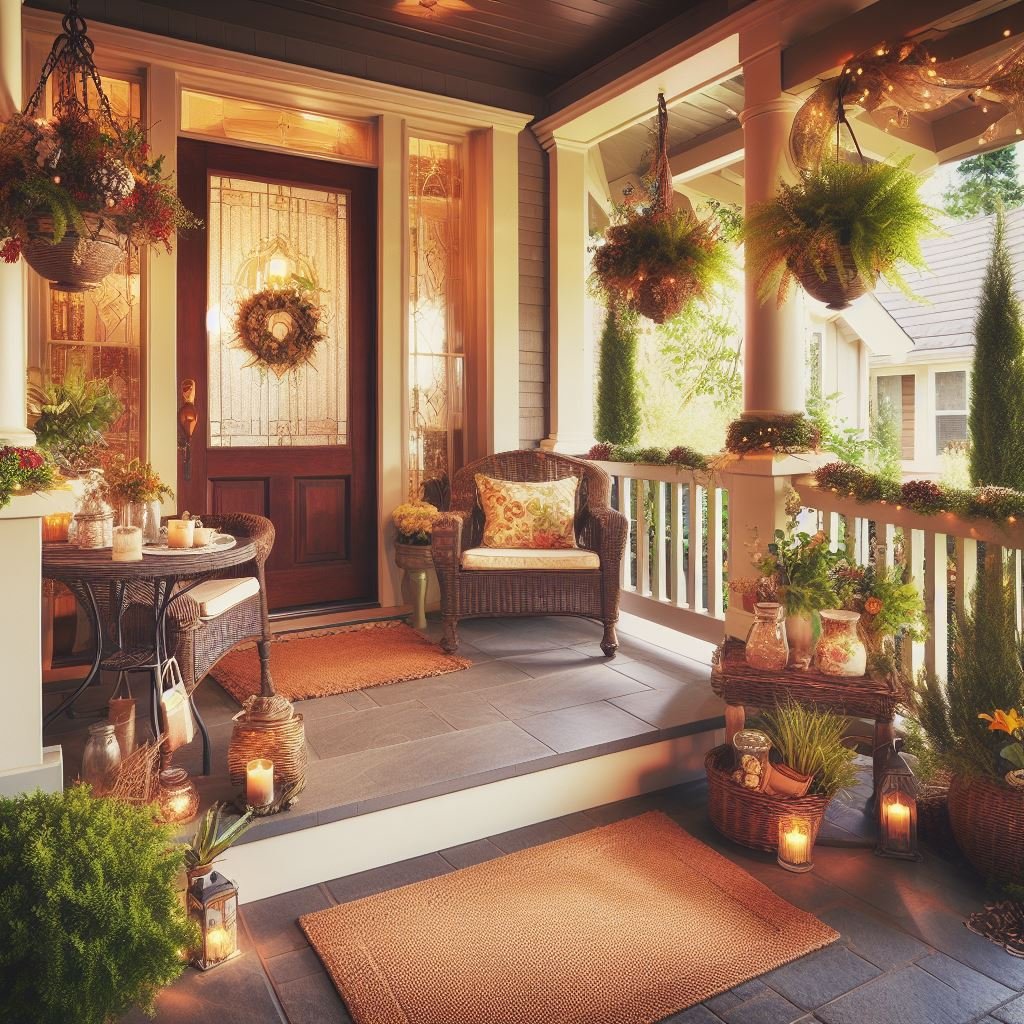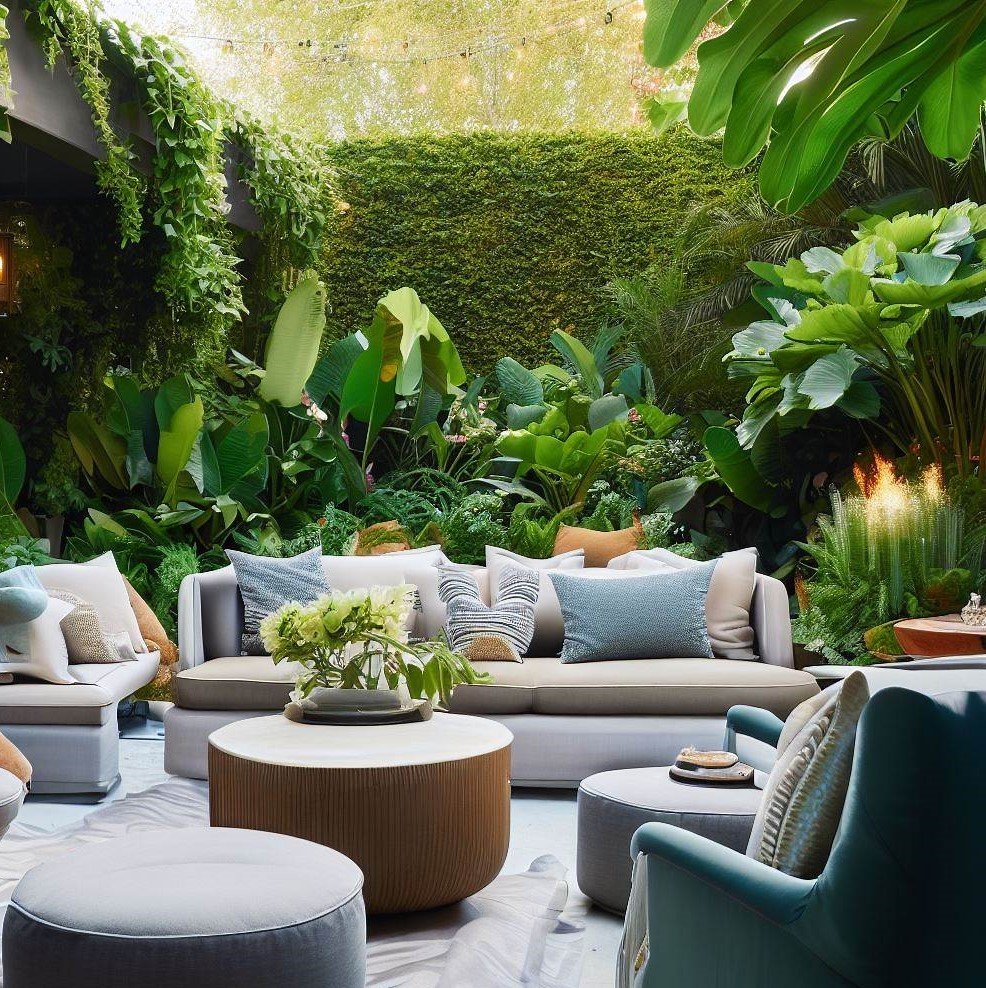How to Create a Sustainable Outdoor Living Space
Learn how to design a sustainable outdoor living space with eco-friendly materials, energy-efficient solutions, and low-maintenance landscaping.
With climate change and environmental degradation on the rise, caring for nature has become important than ever. Creating a sustainable outdoor living space isn't just a trend but a necessity for both nature and our well-being. A sustainable, greener outdoor area not only reduces our impact on the planet but also brings us closer to nature, supports local wildlife, and offers a peaceful escape in our own backyard. This article covers the significance of sustainable outdoor living, explores the key elements to focus on, and provides practical tips on how to transform your outdoor living space into an eco-friendly haven.
The Need for a Sustainable Outdoor Living Space
With climate change and environmental degradation on the rise, adopting sustainable and eco-friendly practices in our homes has become important. In recent years, the effects of climate change have become increasingly evident, with rising global temperatures, extreme weather events, and rapidly increasing sea levels threatening communities worldwide. As these environmental challenges intensify, it has become more crucial than ever to adopt sustainable and eco-friendly practices in our homes to reduce our carbon footprint and contribute to a healthier planet. Traditional landscaping and outdoor design methods often involve intensive practices like excessive water use, the use of chemical fertilizers, pesticides, and non-biodegradable materials, which can harm the environment. These practices contribute to environmental degradation, including water scarcity, pollution, and loss of biodiversity.
A sustainable outdoor living space promotes eco-friendly choices, conserves resources, and fosters a healthier environment.
Sustainable outdoor living, on the other hand, helps reduce these negative impacts by using an eco-friendly approach. It emphasizes the use of native plants, water conservation techniques, natural pest control methods, and sustainable and biodegradable materials. By creating sustainable outdoor spaces, we not only reduce our environmental footprint but also create healthier and more strong ecosystems.
Key Elements for Creating a Sustainable Outdoor Living Space
Creating a sustainable outdoor living space involves careful consideration of various elements:
1. Implement Water Conservation Strategies
As water is a precious resource, its conservation is the most important aspect of sustainable landscaping. So, it is important to implement water conservation strategies. Some key strategies are:
● Choose native plants: Native plants are adapted to the local climate and require less watering than non-native species.
● Install a rainwater harvesting system: Installing rainwater harvesting systems to collect and reuse rainwater.
● Use efficient irrigation methods: Use drip irrigation or soaker hoses that deliver water directly to plant roots, minimizing water waste.
● Mulch your garden beds: Mulch helps retain soil moisture, reducing the need for frequent watering.
2. Incorporate Native Plants
Native plants are well-adapted to the local climate and soil, requiring less water and maintenance. Benefits of planting native species include:
● Reduced dependency on chemical fertilizers and pesticides
● Support for local pollinators such as bees and butterflies
● They are more resilient to extreme weather conditions
Consider planting drought-resistant plants like succulents and native grasses which are ideal for sustainable gardens.
3. Eco-Friendly Materials
Sustainable landscaping begins with smart material choices. To minimize environmental impact use:
● Choose Recycled/Reclaimed Material: Use recycled plastic lumber, reclaimed wood, etc.
● Choose Sustainably Sourced Wood: Look for FSC-certified wood that ensures responsible forestry practices.
● Consider Natural Materials: Use bamboo, cork, or other renewable resources for outdoor furniture and structures.
4. Choose Energy-Efficient Outdoor Lighting
Incorporating energy-efficient lighting in your outdoor space not only helps reduce energy consumption but also lowers your carbon footprint.
● Use solar-powered lighting: Install solar lights for pathways, gardens, and outdoor living areas.
● Choose energy-efficient appliances: Choose Energy Star-certified and low-voltage appliances.
● Plant shade trees: Strategically plant trees to provide shade and reduce the need for air conditioning.
● Install motion sensor: Install motion sensor lights to avoid unnecessary energy consumption
5. Create a Composting System
Composting is one of the best ways to reduce household waste and enrich your garden soil. Organic waste, such as fruit peels, vegetable scraps, and garden clippings, can be turned into nutrient-rich compost, reducing the need for synthetic fertilizers.
Some big benefits of composting are:
● Improves Soil Health – Compost enriches the soil with essential nutrients, enhances moisture retention, and promotes healthy plant growth.
● Reduces Waste – It helps decrease landfill waste by recycling organic materials like food scraps and garden waste.
● Supports the Environment – Composting reduces the need for chemical fertilizers, lowers greenhouse gas emissions, and encourages a sustainable ecosystem.
6. Encourage Wildlife and Biodiversity
A sustainable outdoor space should be a playground for birds, insects, and other wildlife. It should encourage biodiversity. You can do this by:
● Growing flowers and plants that attract pollinators.
● Installing birdhouses and bat boxes
● Creating a small pond or water feature to attract insects
● Avoiding chemical pesticides that can harm wildlife
A diverse outdoor space supports local ecosystems and promotes a healthier and ecofriendly environment.
Some Important Points to Keep In mind while creating a Sustainable Outdoor Living Space
● Start Small – Begin with a few eco-friendly habits and slowly add more. No need to rush!
● Plan Wisely – Design your space with sustainability in mind, focusing on water use, plants, and materials.
● Use Local Resources – Visit nurseries or environmental groups for advice on eco-friendly gardening.
● Try DIY Projects – Use recycled or reclaimed materials to craft unique outdoor features.
● Keep Learning – Educate yourself on sustainable landscaping and water conservation for better choices.
Maintaining a Sustainable Outdoor Space
Once your sustainable outdoor space is set up, keeping it space eco-friendly requires regular care and maintenance. Here are some simple tips:
● Trim Plants and Trees – Regular pruning keeps them healthy and thriving.
● Avoid Chemicals – Use natural alternatives instead of pesticides and herbicides.
● Compost and Recycle – Use composting technique to recycle garden waste
● Use Energy-Efficient Lighting – Choose solar or LED lights to save energy.
By following these steps, your outdoor space will stay green, beautiful, and environmentally friendly.
Conclusion
Creating a sustainable outdoor space is a long-term investment to both the planet and future generations. By adopting eco-friendly practices, you can transform your backyard into a beautiful place while minimizing your ecological footprint and impacting environment.
By making conscious choices in design, materials, and practices, you not only support wildlife, save resources, and promote a healthier lifestyle. Every small step towards sustainability makes a difference!
